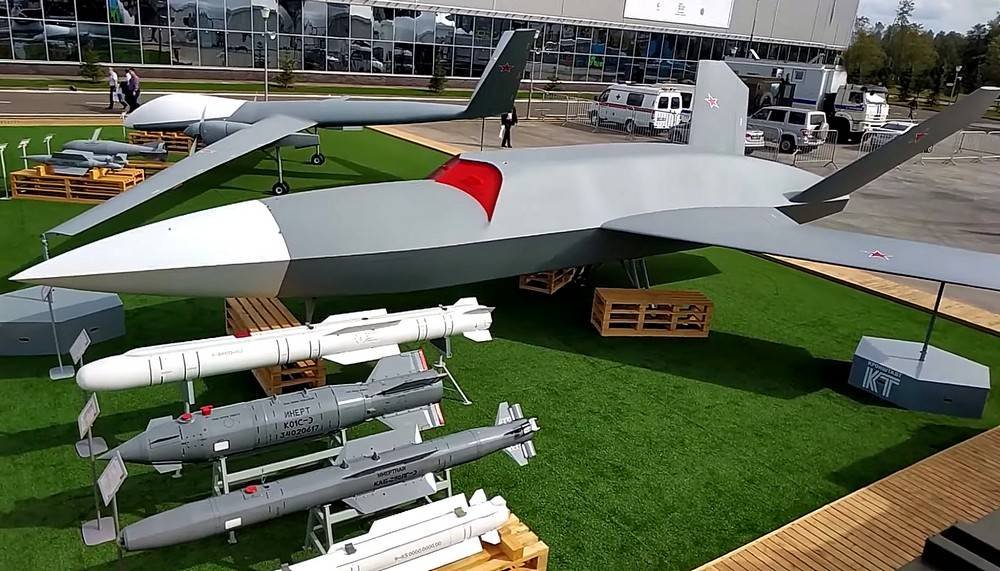
Drone Warfare and India: Swarms, Security, and Strategic Shifts
Why in News?
The concept of drone swarms—large numbers of low-cost drones launched simultaneously—has emerged as a critical development in modern warfare, especially in the context of:
- Ukraine’s Operation Spider’s Web targeting Russian airbases.
- India-Pakistan tensions during Operation Sindoor.
- Use of Shahed-136 drones by Iran and Russia.
With the world witnessing asymmetric warfare, AI-powered drone technology, and counter-drone innovations, India too is preparing its defenses to confront the evolving threats posed by swarm drone systems.
For aspirants preparing with the best online coaching for CLAT, this topic is highly relevant under CLAT Current Affairs 2026 and falls under Science & Technology, International Relations, and National Security domains.
Introduction
Drones or Unmanned Aerial Vehicles (UAVs) are not new to warfare, but their miniaturization, cost-efficiency, and autonomous capabilities have transformed them into strategic game-changers.
From isolated reconnaissance missions to swarm drone attacks, these unmanned systems are redefining how wars are fought—often making traditional air-defense systems ineffective or obsolete.
India’s preparation to counter such threats, and its development of indigenous drone countermeasure systems, puts this topic at the core of Current Affairs 2026 for CLAT aspirants.
Point-wise Summary
- What Are Swarm Drones?
- Swarm drones are a group of autonomous or semi-autonomous UAVs that coordinate via software and sensors.
- Operate in self-organized groups, like swarms of bees.
- Capable of AI coordination, independent navigation, and collaborative attacks.
- Why Swarm Drones Matter
- Asymmetry: Use of low-cost drones against high-value targets (missile bases, aircraft).
- Saturation: Capable of overwhelming even sophisticated air-defense systems.
- Low Cost: Easy and cheap to produce.
- Autonomy: Reduced dependency on human pilots or GPS, enabling attacks even in jammed environments.
- Historical Context
- Use of drones dates back to World War I.
- Became prominent during:
- 1991 Gulf War.
- Nagorno-Karabakh conflict (2020) between Armenia and Azerbaijan.
- Ukraine-Russia conflict and Israel-Iran confrontations.
- Ukraine’s Operation Spider’s Web (June 2024)
- Ukraine deployed 100–150 UAVs to strike 5 Russian airbases.
- Estimated damage: Over $7 billion.
- Used Shahed-136 drones supplied by Iran.
- Marked a sophisticated example of drone swarm strategy.
- India-Pakistan Hostility: Operation Sindoor
- Involved use of relatively low-cost drones along the western border.
- Objectives: Distract, saturate, and test India’s air-defense and radar systems.
- Countries Leading in Swarm Drone Technology
Country | System | Notable Features |
Iran | Shahed-136 | GPS-guided, swarms of 10–50, kamikaze-type. |
Russia | Lancet & Shahed | Layered attacks using decoys. Swarm size 5–20. |
USA | LOCUST | Micro UAVs (50–100), AI-coordinated. Range: 30–60km. |
China | Drone Swarm | 100–200+ micro drones, truck or drone-deployed. |
- Threat of Swarms
- Hard to detect and intercept.
- Multiple drones confuse radar and defense systems.
- Can carry lethal payloads or function as suicide drones.
- Used to damage:
- Energy grids
- Command posts
- Communication lines
- Fuel depots
- Countermeasures Against Drone Swarms
India and other countries are investing in multi-layered drone defense. Key types include:
- Kinetic Systems
- Use guns, anti-aircraft missiles, and C-RAMs.
- Example: Indian systems developed by Bharat Electronics Ltd (BEL) and DRDO.
- Electronic Warfare (EW)
- Jam drone GPS and communication.
- Use of Directed Energy Weapons (DEWs) like High-Energy Lasers (HELs) to disable drones.
- Drone-on-Drone Combat
- Drones designed to intercept other drones (e.g., SkyWall, DroneCatcher).
- Net Systems
- Capture drones physically using nets.
- Useful for urban and civilian airspaces.
- India’s Preparedness
India’s Ministry of Defence has fast-tracked counter-drone systems since 2020. Current strategies:
- Bharat Electronics’ ADCS (Air Defence Control System):
- Real-time tracking.
- Integration with Indian Air Force radar networks.
- Bhargavastra:
- DRDO project using solar-powered drone interceptors.
- Anti-Drone System by DRDO:
- Detects drones within 4 km range.
- Neutralizes via soft kill (jamming) and hard kill (laser).
- Future of Drone Warfare
- Global UAV market projected to reach $54.14 billion by 2030.
- India’s share in defense drone sector to rise significantly.
- Swarm drones may become mainstream in low-intensity conflicts and border operations.
Notes on Key Concepts for CLAT Aspirants
Term | Explanation |
Swarm Drone | Group of coordinated UAVs acting autonomously to conduct military operations. |
UAV (Unmanned Aerial Vehicle) | Aircraft without a human pilot onboard, often remote-controlled or autonomous. |
Kinetic Kill | Destroying targets using missiles or bullets. |
Soft Kill | Disabling drones using non-destructive means (e.g., jamming, hacking). |
Directed Energy Weapons (DEWs) | Weapons like high-energy lasers that can burn or disable drones. |
Electronic Warfare (EW) | Use of electromagnetic signals to disrupt or disable enemy communication or control systems. |
C-RAM (Counter Rocket, Artillery, Mortar) | Defensive system that shoots down projectiles. |
GPS Jamming | Disrupting satellite-based navigation, often used to confuse autonomous drones. |
Relevance to CLAT Current Affairs 2026
This topic is important for CLAT aspirants due to its interdisciplinary nature:
- Science & Technology: Drones, AI, DEWs.
- National Security: Defense preparedness, border surveillance.
- International Relations: Ukraine-Russia conflict, Iran’s role in supplying drones.
- Law & Policy: Regulation of UAVs under international humanitarian law.
Final Reflections for CLAT Gurukul Students
As part of the best online coaching for CLAT, we at CLAT Gurukul help you go beyond static facts. This article about drone swarm warfare is a live case study in how technology shapes law, defense, and diplomacy.
Whether it’s the legal status of drone warfare, India’s preparedness, or how electronic warfare challenges traditional norms—these themes are essential to score well in CLAT Current Affairs 2026.
Stay informed, stay curious, and stay ahead with online coaching for CLAT that keeps pace with global developments.




